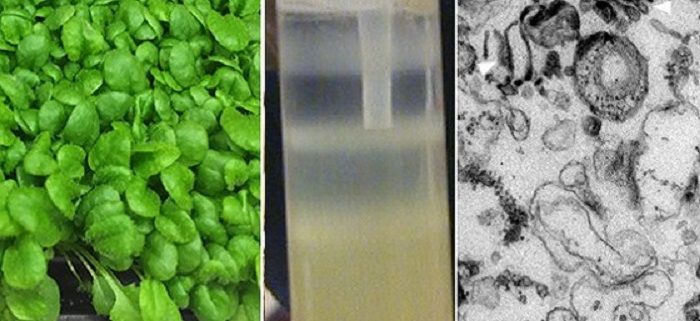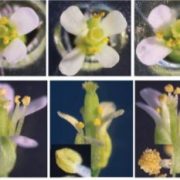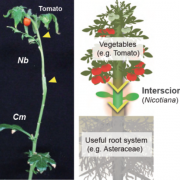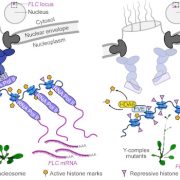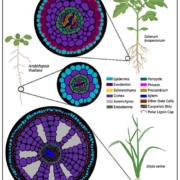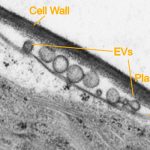The Surprisingly Similar Glycomes of Maize and Arabidopsis Golgi
Okekeogbu et al. compare the glycomes and proteomes of the Golgi in grasses and dicots, finding that the differences in cell wall architecture are not reflected in differences between polysaccharides produced in the Golgi. Plant Cell https://doi.org/10.1105/tpc.18.00755
Background: Grasses and other commelinid species have a type of primary cell wall distinct from those of all other angiosperms, based on the structures and relative proportions of their pectic and hemicellulosic polysaccharides, and the presence or absence of a phenylpropanoid network. The plant ER-Golgi apparatus is the site of synthesis, packaging and export of all non-cellulosic polysaccharides and proteins of the cell wall.
Questions: What polysaccharide structures are present in the Golgi compared to those in the cell wall, and how do they differ between two species representative of their two distinct types of primary cell wall? What is the maize Golgi proteome that supports synthesis of cell wall polysaccharides and proteins unique to grasses?
Findings: We established that a large proportion of the glycans in the Golgi of both maize (Zea mays) and Arabidopsis consists of the glycan moieties of arabinogalactan-proteins. The amounts of pectic and hemicellulosic polysaccharides present in Arabidopsis and maize Golgi do not reflect the relative proportions of these polymers that accumulate in their respective cell walls. Flotation centrifugation followed by free-flow electrophoresis provided the richest collection to date of maize Golgi membrane proteins associated with the synthesis and metabolism of the cell wall. However, this full complement of Golgi cell-wall polysaccharides, and the synthases and glycosyl transferases that make them, represent compositions distinct from those of their cell wall types.
Next steps: The glycome composition of the Golgi represents a snapshot of what is made and accumulated at the time of harvest. A flux analysis is needed to determine relative rates of synthesis and export of Golgi polysaccharides to account for the anomalous accumulation of cell wall polysaccharides not found in abundance in the cell walls of either species. The fate of these polysaccharides, if not export and integration into cell wall architectures, remains to be determined.
Ikenna O. Okekeogbu, Sivakumar Pattathil, Susana M. González Fernández-Niño, Uma K Aryal, Bryan W. Penning, Jeemeng Lao, Joshua L Heazlewood, Michael G. Hahn, Maureen C. McCann, Nicholas C. Carpita. (2019). Glycome and Proteome Components of Golgi Membranes Are Common between Two Angiosperms with Distinct Cell Wall Structures. Plant Cell. https://doi.org/10.1105/tpc.18.00755.
Key words: Plant Golgi, endoplasmic reticulum, cell wall polysaccharides, proteome, glycome, Zea mays (maize), Arabidopsis


